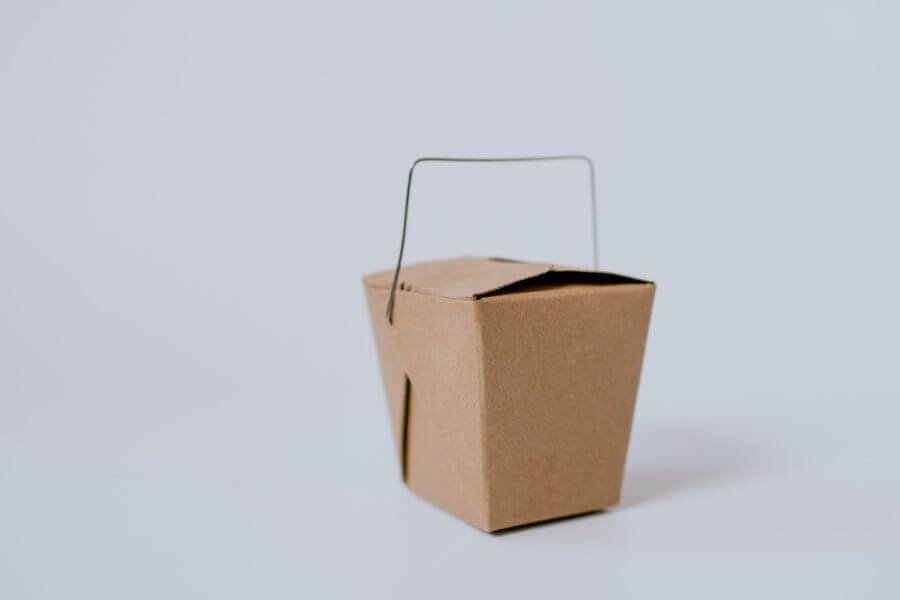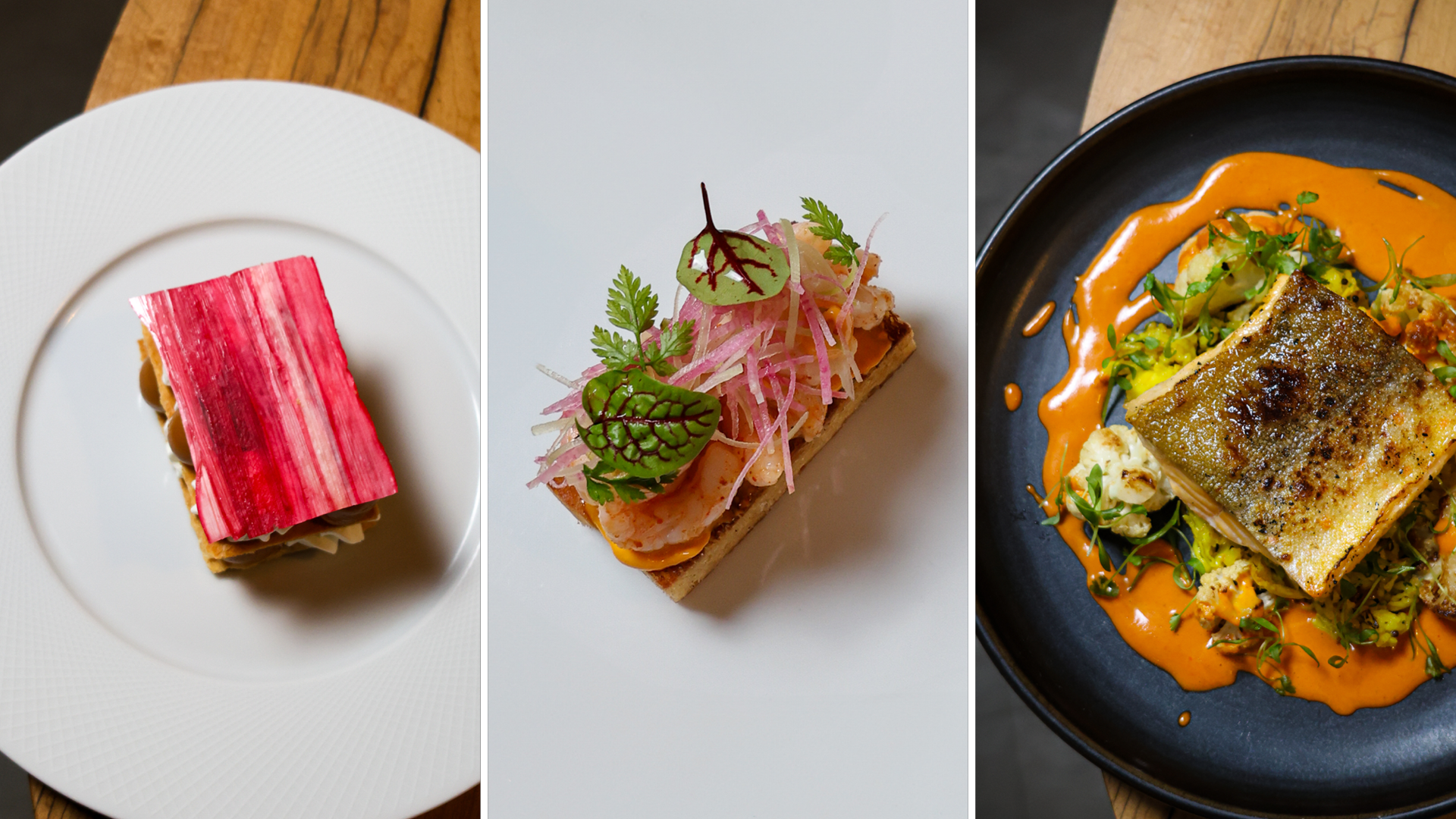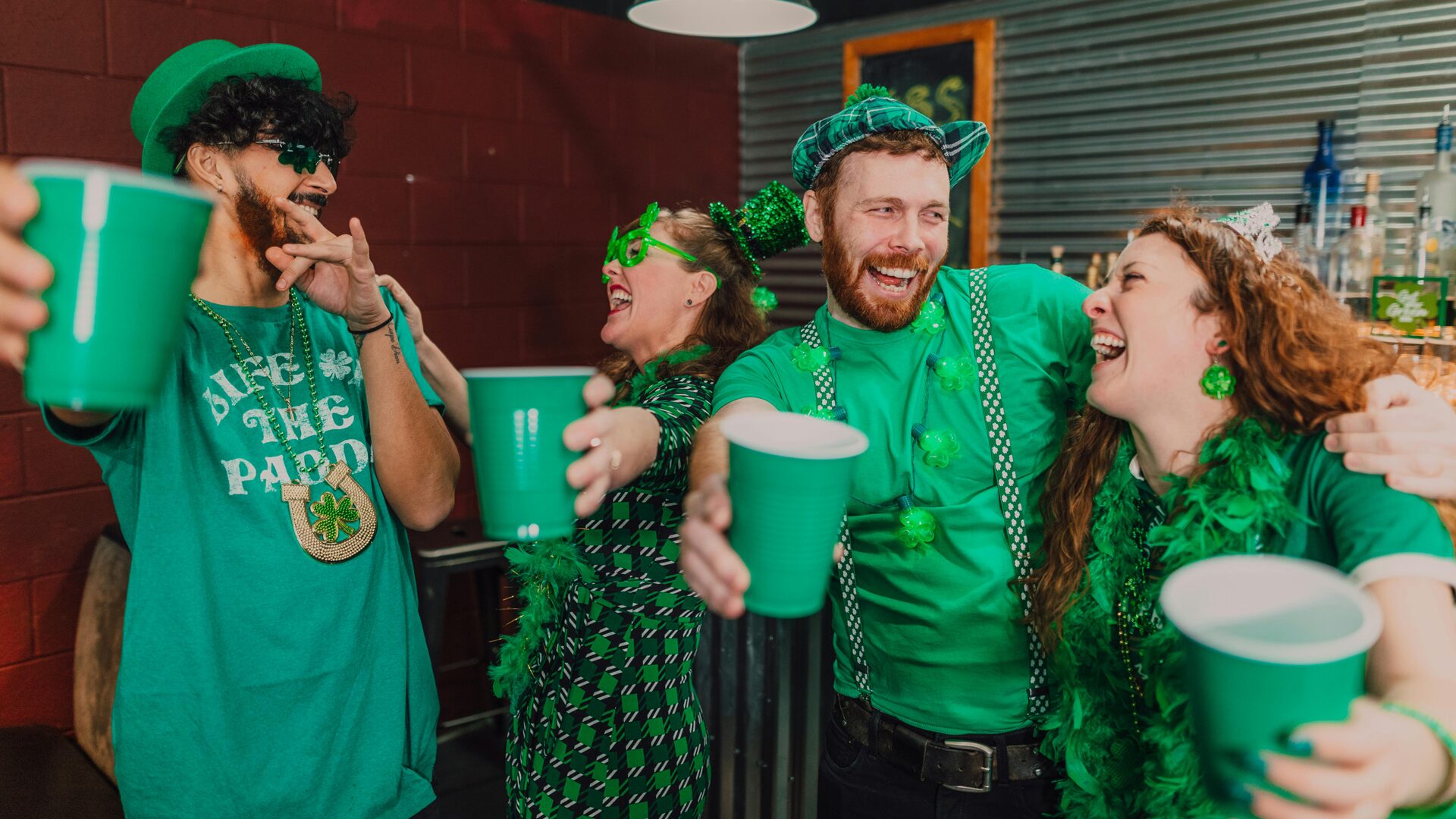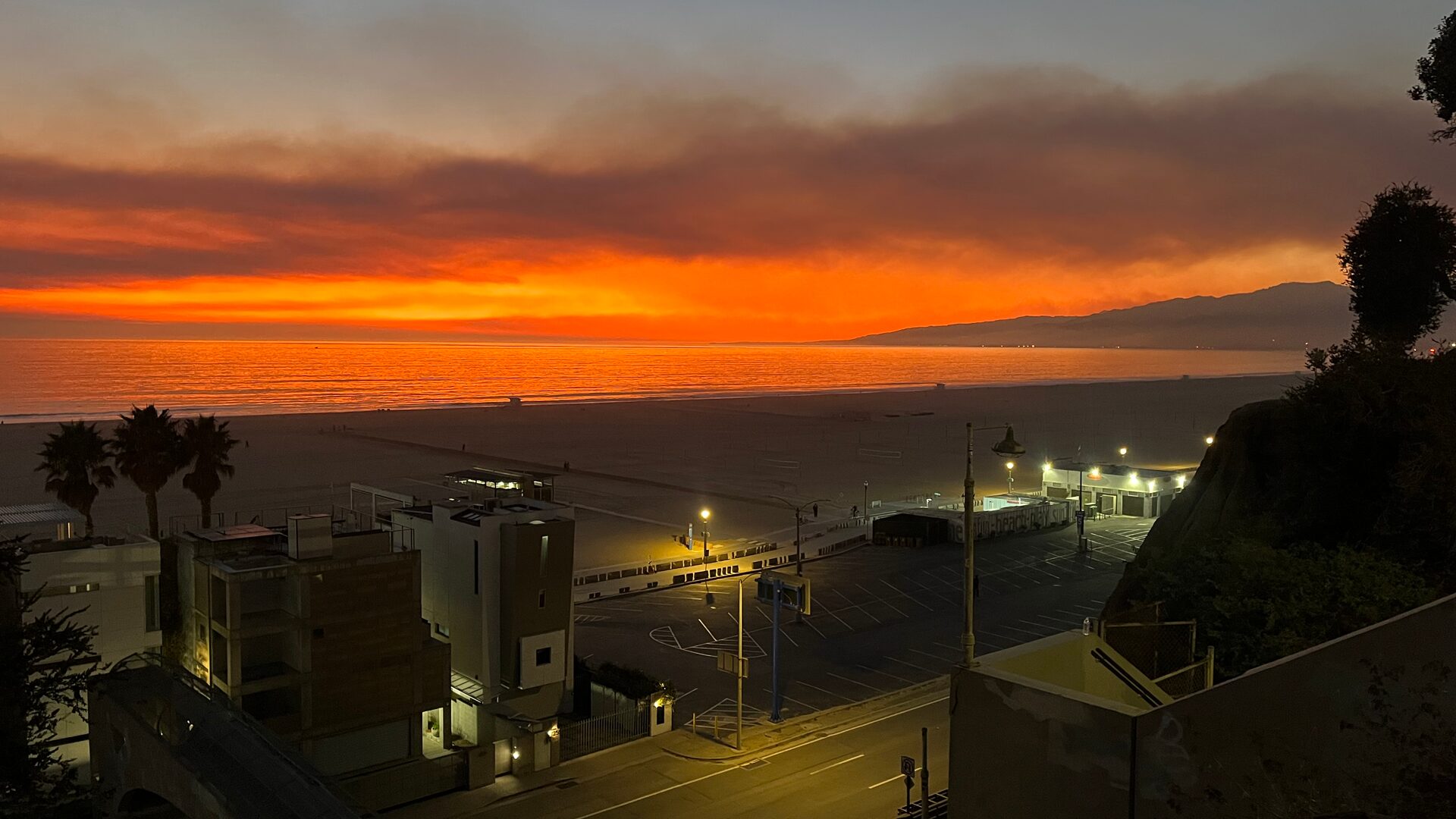Friday and Saturday night takeout is emerging as a lasting trend during the pandemic, according to Technomic.
Research found that off-premise meals on Friday and Saturday nights accounted for 24% of overall sales in the second quarter—about double the second quarter of last year, reported The Washington Post (Aug. 28).
Since the pandemic began, the average number of orders was 31% higher on Fridays than on other days of the week, while the average order dollar value was also 34% higher, according to Rewards Network. Uber also reported an increase in orders placed between 2 p.m. and 6 p.m. on Fridays, while Grubhub found that gross food sales grew 59% year-over-year to $2.3 billion up from $1.5 billion in the same period last year.
At Starbird in Sunnyvale, CA, a chicken-centric restaurant with five locations in the San Francisco Bay area, business was up 100% on a Friday night in August. “There has been a demand surge on Friday nights,” said owner Aaron Noveshen.
“Initially during the pandemic, people were cooking a lot, but if there was one day they weren’t cooking, it was Friday. It became this sacred, end-of-week treat. If they couldn’t go out, they could bring food in,” he added.
At Abe’s Place Tap & Grill in Clearwater, FL, owner Abraham Moussa has a bank of people answering phones, two cashiers, two runners, two expediters, and a whole crew on board on Friday nights.
“Between 5 and 9 p.m., we do not stop,” Moussa said, noting curbside Friday and Saturday nights represents the restaurant’s biggest increases. Average tickets during those nights were $75 to $100 pre-pandemic and his average checks now are $150 to $200.
However, more states are allowing indoor dining—which could make for less weekend takeout.
New Jersey bars and restaurants will be allowed to reopen their indoor dining sections with restrictions ahead of the Labor Day weekend, Gov. Phil Murphy announced, reported NJ.com (Aug. 31).
“NEW: Restaurants statewide will be able to open for indoor dining beginning this FRIDAY at 25% capacity and with social distancing between tables,” Murphy said in a tweet. “Reopening responsibly will help us restore one of our state’s key industries while continuing to make progress against #COVID19.”
The move comes about two months after Murphy postponed indoor dining he originally announced would be permitted ahead of the July Fourth weekend. Current restrictions mirror the ones detailed in the original plan, some of which consist of patrons wearing masks unless eating, tables spaced at least 6 ft. apart, enhanced sanitation, and limiting seating to a maximum of eight customers per table—unless from an immediate family or same household.
Other restrictions include staff wearing masks, guests placing orders only at a table and staffers bringing food and beverages only to tables, patrons barred from walking around while eating, encouraging reservations, and requiring customers to provide a phone number if making a reservation to facilitate contact tracing.
New Jersey is one of the last states in the U.S. to permit at least some indoor dining. One of the few other holdouts, New Mexico, allowed limited dining starting Aug. 29.
In California, a new color-coded reopening framework has big implications for the state’s restaurant scene, reported Eater (Aug. 31).
The plan creates a four-tier system that runs county-by-county across the state, allowing for those areas with reduced cases and positivity rates to reopen ahead of more heavily impacted neighboring counties. Meeting the needed criteria at the county level means that restaurants within those certain counties, such as Napa and El Dorado, were able to reopen for limited indoor dining service on Aug. 31.
Some room exists for local variance within the new system. For example, San Francisco is in the red tier, meaning restaurants can reopen for indoor dining at 25% capacity (or 100 diners, whichever is fewer) as of Aug. 31. However, officials there are holding back on reopening, noting that “in any instance where there are differences between state and county requirements, the stricter requirement is the one that must be followed.”
In Los Angeles County, breweries and wineries were told that, despite state-level clearance, they cannot reopen for takeout, delivery, or outdoor service even if they serve food alongside their alcohol offerings.












